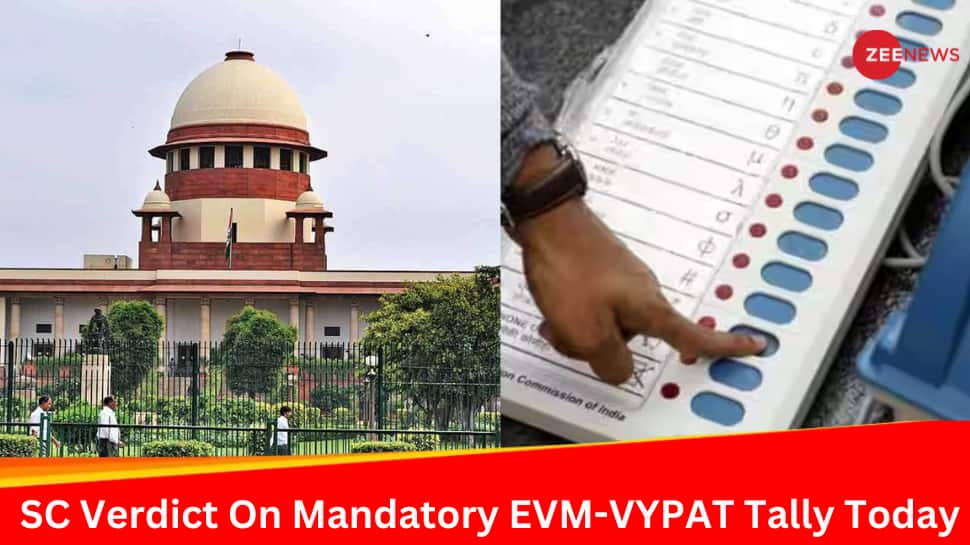The statement by the central bank is seen as a signal to fintech players that they can provide loans only if they have a lending licence. It gains significance in light of several fintechs, which do not have a lending licence, providing credit through deferred payment options.
“I would also like to flag certain material concerns regarding the unbridled mushrooming of digital lending apps. The need of the hour is to ensure assurance of safety after following a process of green-lighting (whitelisting) and due diligence by the regulated entities,” Das said in his speech at the Global Fintech Fest on Tuesday.
Later, responding to another question on whether the RBI would make exceptions to its stance on first loss default guarantees (or FLDG — a mode of credit risk transfer to unregulated entities), Das said that the issue is under examination.
In his speech, Das said that innovators have to work on ways to minimise cost and ensure that services and products are self-sustaining. “If you depend on subsidy perennially or for a very long time, I think it is not a good thing,” Das told fintech players. He was responding to a question on whether some subsidy could be provided for UPI123 — a voice-based payment solution that had higher costs. Das said that the Bengaluru-based RBI Innovation Hub had worked on digitalisation of kisan credit card (KCC) loans, which would result in cost savings for the bank & the borrower and would make the process more efficient. A pilot project has been launched in Madhya Pradesh with Union Bank and Federal Bank providing digital KCC loans. This would be extended to rest of the country, but the pace would depend on the level of digitalisation of farm land records, he said.
!(function(f, b, e, v, n, t, s) {
window.TimesApps = window.TimesApps || {};
const { TimesApps } = window;
TimesApps.loadFBEvents = function() {
(function(f, b, e, v, n, t, s) {
if (f.fbq) return;
n = f.fbq = function() {
n.callMethod ? n.callMethod(…arguments) : n.queue.push(arguments);
};
if (!f._fbq) f._fbq = n;
n.push = n;
n.loaded = !0;
n.version = ‘2.0’;
n.queue = [];
t = b.createElement(e);
t.async = !0;
t.src = v;
s = b.getElementsByTagName(e)[0];
s.parentNode.insertBefore(t, s);
})(f, b, e, v, n, t, s);
fbq(‘init’, ‘593671331875494’);
fbq(‘track’, ‘PageView’);
};
})(
window,
document,
‘script’,
‘https://connect.facebook.net/en_US/fbevents.js’,
);if(typeof window !== ‘undefined’) {
window.TimesApps = window.TimesApps || {};
const { TimesApps } = window;
TimesApps.loadScriptsOnceAdsReady = () => {
var scripts = [
‘https://static.clmbtech.com/ad/commons/js/2658/toi/colombia_v2.js’ ,
‘https://www.googletagmanager.com/gtag/js?id=AW-877820074’,
‘https://imasdk.googleapis.com/js/sdkloader/ima3.js’,
‘https://tvid.in/sdk/loader.js’,
‘https://timesofindia.indiatimes.com/video_comscore_api/version-3.cms’,
‘https://timesofindia.indiatimes.com/grxpushnotification_js/minify-1,version-1.cms’,
‘https://connect.facebook.net/en_US/sdk.js#version=v10.0&xfbml=true’,
‘https://timesofindia.indiatimes.com/locateservice_js/minify-1,version-14.cms’
];
scripts.forEach(function(url) {
let script = document.createElement(‘script’);
script.type=”text/javascript”;
if(!false && !false && !false && url.indexOf(‘colombia_v2’)!== -1){
script.src = url;
} else if (!false && !false && !false && url.indexOf(‘sdkloader’)!== -1) {
script.src = url;
} else if (!false && !false && (url.indexOf(‘tvid.in/sdk’) !== -1 || url.indexOf(‘connect.facebook.net’) !== -1 || url.indexOf(‘locateservice_js’) !== -1 )) {
script.src = url;
} else if (url.indexOf(‘colombia_v2’)== -1 && url.indexOf(‘sdkloader’)== -1 && url.indexOf(‘tvid.in/sdk’)== -1 && url.indexOf(‘connect.facebook.net’) == -1){
script.src = url;
}
script.async = true;
document.body.appendChild(script);
});
}
}







More News
ICICI blocks 17k cards over glitch – Times of India
Hyundai to raise output, focus on EVs – Times of India
Finance ministry: India’s growth, price stability stand out – Times of India